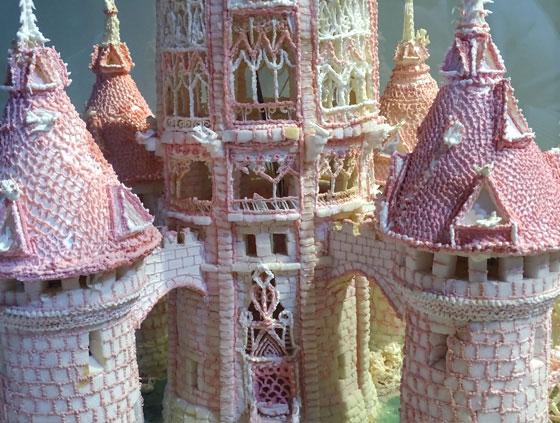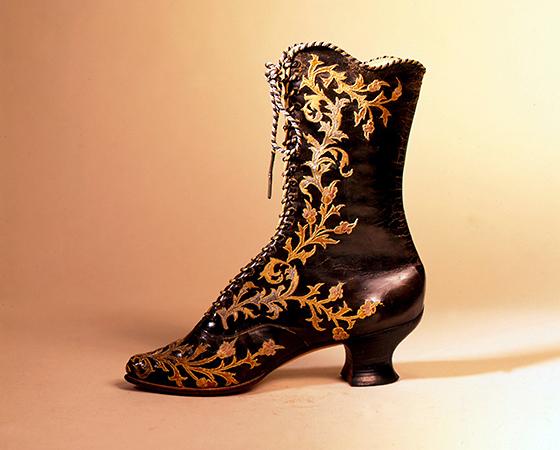Of men and crafts
The compagnons du Tour de France are first of all craftsmen. A craft is a physical activity engaged in the elaboration of solid materials. Therefore it excludes intellectual and service activities such as architect, accountant, merchant, engineer, physician, etc. A craft covers a thorough process of transformation of matter, not just a specialised fraction of it. The crafts exercised by the compagnons can be classified according to the materials they work with : wood, stone, metals, leather and fabrics, food.
The number of crafts in which Compagnonnage was present varied through the past centuries. Up to the end of the 18th century, it was active in close to thirty crafts. In the building sector : stonemasons, carpenters, roofers, joiners, locksmiths, plasterers, painters, glaziers. In the metal trades : edge-tool makers, blacksmiths, farriers, cartwrights, stove-makers, cutlers, founders, tinsmiths, nail-makers, pin-makers,. Among those working with leather : tanners , saddlers, harness-makers (a separate corps from the former), chamois-leather workers, leather breeches- and purse-makers. In the textile branch : tailors, dyers, rope-makers, weavers, cloth-shearers, hatters. Coopers and basket-makers were also present. To this list one may also add typographers, who had compagnonnage organised among them till the end of the 17th century.
During the 19th century four new crafts were added to the list : shoemakers in 1808 (a comeback after having vanished for more than a century), clog-makers in 1809, bakers in 1811, and ferrandine-weavers in 1831.
But during a period stretching as far as the 1950s, many became extinct : the societies of the compagnon stove-makers, pin-makers, cutlers, nail-makers, founders, tinsmiths, tanners, chamois-leather workers, leather breeches- and purse-makers, tailors, dyers, rope-makers, weavers, cloth-shearers, hatters, clog-makers.
On the other hand, during the 20th century, new ones are created among cooks, plumbers, masons, landscape designers, car-body builders (through the evolution of cartwrights), boiler-smiths, electricians, cabinet-makers, leather workers, upholsterers.
Since its foundation (see History, 19th century), the Union Compagnonnique acknowledges all crafts (currently more than a hundred), as long as they imply a manual transformation of a material , but they are not organised in separate corps, unlike the way they cohabit in the Association Ouvrière des Compagnons du Devoir and the Fédération Compagnonnique des Métiers du Bâtiment.

Castel made of sugar

Lady’s boot by compagnon shoemaker Pinet, end of 19th c.
